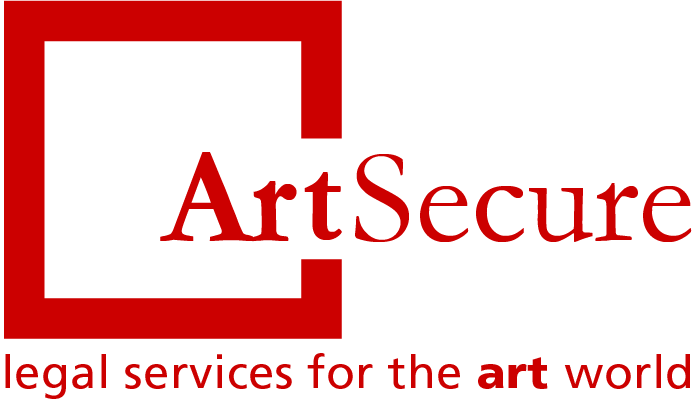In a notoriously litigious artworld, museums and private collectors increasingly run risks that can threaten the value of their collections and the reputation of the institutions. To illustrate we can refer to three international cases:
Naked, Jeff Koons
Firstly, in a March 2017 ruling, a French court found Jeff Koons and the Pompidou Centre guilty of plagiarism in a legal dispute over Koons’ sculpture Naked. The widow of late photographer Jean-Francois Bauret sued Koons for copying Bauret’s photograph Enfants and the museum for using an image of Koon's work in the advertising material for their 2014 exhibition. Both the artist and the Pompidou Centre were ordered to pay €40,000 damages to Bauret’s heirs.
It may seem odd, but in fact a museum exhibiting a sculpture of a famous artist for the public to appreciate ended up paying damages for breach of a third party’s intellectual property rights.
Beaching a Boat, Brighton, John Constable
In another important case of 2015 the Tate, London has had to return the painting by John Constable Beaching a Boat, Brighton to heirs of Budapest-based (and Jewish) Baron Ferenc Hatvany. The decision to do so was made after the United Kingdom Spoliation Advisory Panel (created by virtue of the Washington Conference Principles on Nazi-Confiscated Art 1998) has recommended the restitution, ruling on the balance of probabilities that it had been looted after the Nazi invasion of Hungary in 1944. The Tate had accepted in good faith the donation of the painting in 1986 although its pre-war provenance was unknown. Interestingly, the Panel concluded that ‘the Tate was under a moral obligation to pursue the possibility that the Painting had been the object of spoliation during the war’ and that ‘it would not have been difficult [for the Tate] to have made enquiries of the Hungarian Government, who have included the Painting on its official list of looted art from the late 1940s’. Painfully, the Panel concluded that ‘no reimbursement is due from the Claimants to the Tate for its expenditure’.
Simply put, one of the most reputable museums in the world accepted a donation of a painting in good faith but years later it had to return it to the heirs of the original owner after spending large amounts in legal fees and suffering serious reputation damage.
In a third, highly publicized case of November 2005, the Pushkin State Museum of Fine Arts in Russia was outraged to find out that 54 paintings including works by Picasso, Cezanne and Matisse, which the museums had loaned for 3 months to the Pierre Gianadda Foundation, were seized by customs officers in Switzerland. The Swiss authorities acted on a court order obtained by a Swiss import and export firm, Noga SA, who claimed that the Russian Government owed it several million dollars in unpaid debts relating to an oil-for-food deal signed in the early 1990s and who was seeking to enforce a Swedish arbitration award in its favor. Although the seizure order was quickly cancelled by Switzerland's Federal Council (in an arguably political solution), the Hermitage warned that no Russian museum would be able to send objects on loan to any overseas venue unless it received concrete legal guarantees that its artworks would not be seized during the loan period.
Clearly, these 3 cases demonstrate that museums and large private collections run significant legal risks whether they are preparing for an exhibition, accepting a donation in good faith or lending works from their collections for people around the world to appreciate.
In fact the reality is that museums have become increasingly vulnerable to legal disputes which can compromise the value of their collections and the reputation of the organization. So can museums manage those legal risks? At Attorney-at-Art we believe they can.
In Part 2: Do Museum Run Legal Risks? The Solution, read how museums, art collectors and investors can effectively identify and manage those legal risks.







